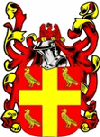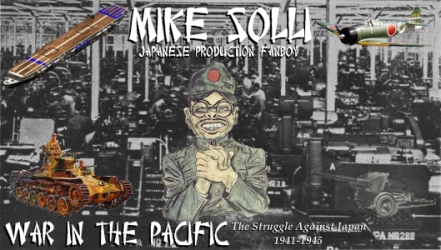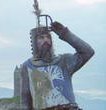treespider
Posts: 9796
Joined: 1/30/2005
From: Edgewater, MD
Status: offline

|
quote:
ORIGINAL: Jonathan Pollard
As someone who has been to both Butuan and Cebu, I find it hard to believe that the Butuan port was larger than Cebu's even in 1941. Today Cebu's port facilities are much more extensive than Butuan's (I would estimate that Cebu has at least 5x the capacity of Butuan) and I have a gut feeling that a similar situation existed in 1941. For those who wish to research further, Butuan's port facilities are actually located at Nasipit, over a dozen miles to the west. Here are details of Nasipit's port facilities as they currently exist, along with some photos of what it looked like in the past:
http://www.nasipitsite.com/portofnasipit.htm
Butuan and Nasipit are two separate ports which would be located in the same hex.
Ports of the Phillippines
Now as to their state in 1941/1942 that is another question.
As to CEBU -
One of the prioritized projects during the
American Regime was port development and
much attention was paid to the development of
the Iloilo and Cebu ports, in addition to the
port in Manila. Prior to the harbor project,
construction of 30 feet wide temporary timber
wharf at Cebu begun in March 1904 and
completed in September 1904, being
conducted by Messrs. Jones & Smith, Manila
(RPC, 1904, 1905).
From 1904 to 1913, port improvement in Cebu
was carried out by the government. One
project included “the construction of a concrete masonry dock and bulkhead about 2600 feet
long, the reclaiming of about 13 acres of land adjacent to the already congested business
portion of the city, and provides for vessels of 23 feet draft and for future extension of
docking facilities when needed” (RPC, 1903). The construction of the port, following to
temporary wharf, mobilized in April 1905, contracted by the J.G. White & Co. of New York
which was also the syndicate member for the railway development in Cebu (RPC, 1904,
1905). The 2,309 feet wharf became available in Cebu on April 15, 1908.
The completion of the port expected to bring more business and industrial development as
well as better sanitation and beauty in the City. Since Cebu was the trade center of not only
Visayas but also the country, improvement of its facilities would gain economic value not
only in Cebu but throughout the country. In fact, as we can see in the Plate 5, the Port of Cebu
had the significant advantage of direct access to the railway.
According to Gwekoh (1937) the following big international trading companies located their
firms in the City of Cebu by 1937: Pacific Commercial Company, Smith, Bell and Co., Ltd,
Ker and Co., W.F. Stevenson and Co., Procter and Gamble Trading, Philippine Refining,
Warner Barnes & Co., Madrigal and Co., Compana General de Tabacoe de Filipinas,
International Harvester, Daido Boeki Kaisha, Ltd., Mitsui Bussan Kaisha., etc.
With the improvement of port facilities, the port of Cebu became the second biggest in terms
of size and significance in the trading of the country. Though data during 1910s to 1920s were
not found, the data of exports volume from the port of Cebu to U.S.A and foreign countries
during 1930s are presented in Table 2. It is enough to understand that the port of Cebu had
increased its significance in the trading industry. Also, U.K., Japan, China, Spain, Netherlands,
Norway and Sweden maintained vice-consulates in the City of Cebu (Gwekoh, 1937).
Table 2 Export Volume from Cebu Port
Year Volume (PhP)
1932 - 20,678,225.12
1933 - 28,484,818.74
1934 - 28,208,644.55
1935 - 32,818,517.44
1936 - 43,692,898.08
Source: S.H. Gwekoh The Golden Book of Cebu, 1937
_____________________________
Here's a link to: Treespider's Grand Campaign of DBB "It is not the critic who counts, .... The credit belongs to the man who is actually in the arena..." T. Roosevelt, Paris, 1910 |
 Printable Version
Printable Version


























 New Messages
New Messages No New Messages
No New Messages Hot Topic w/ New Messages
Hot Topic w/ New Messages Hot Topic w/o New Messages
Hot Topic w/o New Messages Locked w/ New Messages
Locked w/ New Messages Locked w/o New Messages
Locked w/o New Messages Post New Thread
Post New Thread